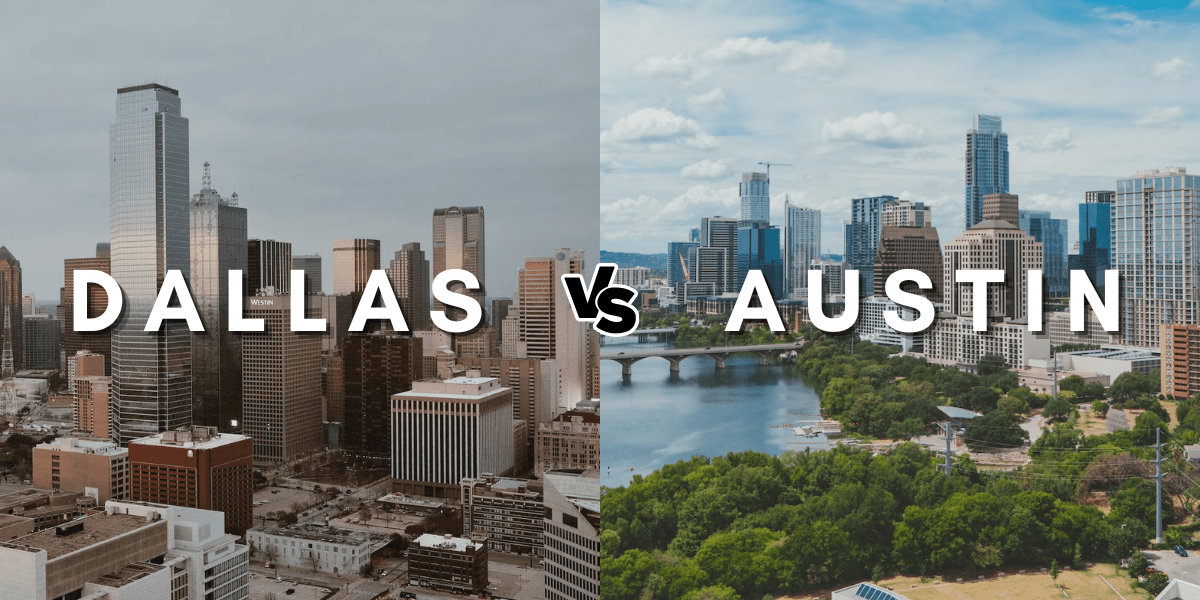Two of the pinnacle cities of Texas, the age-old question has always been: Dallas vs. Austin, which one is better? You’ll hear different answers depending on who you ask, but in reality Dallas and Austin are very similar. Both cities feature a thriving business sector, artistic flair, and a bustling nightlife, but if you put them under a microscope, there are several differences between them.
We are aiming to settle the great debate from an unbiased perspective. If you’re considering buying a home for sale in Austin or a condo in Dallas, read below to discover how these two urban hubs differ and which city would be best for you.
Dallas vs. Austin: Job Market
Both Dallas and Austin have outpaced most other cities in the nation when it comes to job growth, but what are their differences?
Dallas
The Dallas job market has several benefits, including diversity, a central location, an abundance of corporate headquarters, and smaller neighborhoods with options for small businesses. Over 10,000 corporate headquarters are in the DFW area, including American Airlines, Southwest Airlines, Verizon, and Texas Instruments.
Those who live in Dallas also have access to several surrounding major cities within commuting distance, which significantly widens the opportunity for employment. While Dallas proper has ample opportunities in the tech and hospitality sectors, the western DFW area offers many jobs in manufacturing and defense. With so many options within an hour’s commute, Dallas definitely has the more diverse job market.
Austin
Austin’s tech industry has skyrocketed the city’s economy, placing Austin in one of the healthiest and fastest-growing job markets in the country. With lower unemployment than Dallas and a 25% growth rate over the past decade, Austin provides vast opportunities for work. Overall, Austin’s employment options are limited to what is in Austin proper and the surrounding suburbs. More than half of these options are within the tech sector, with Amazon, Google, and Facebook headquarters calling Austin their home.
With that said, Austin has established itself as the ideal location for artistic types, startup companies, and other entrepreneurs, so if you are looking to start a small business, Austin could be a welcoming place for you.
Dallas vs. Austin: Housing
While the diversity of the housing market is similar in both Austin and Dallas, Austin is known to have famously high home prices compared to the rest of the state. Let’s lay out the stats:
Dallas
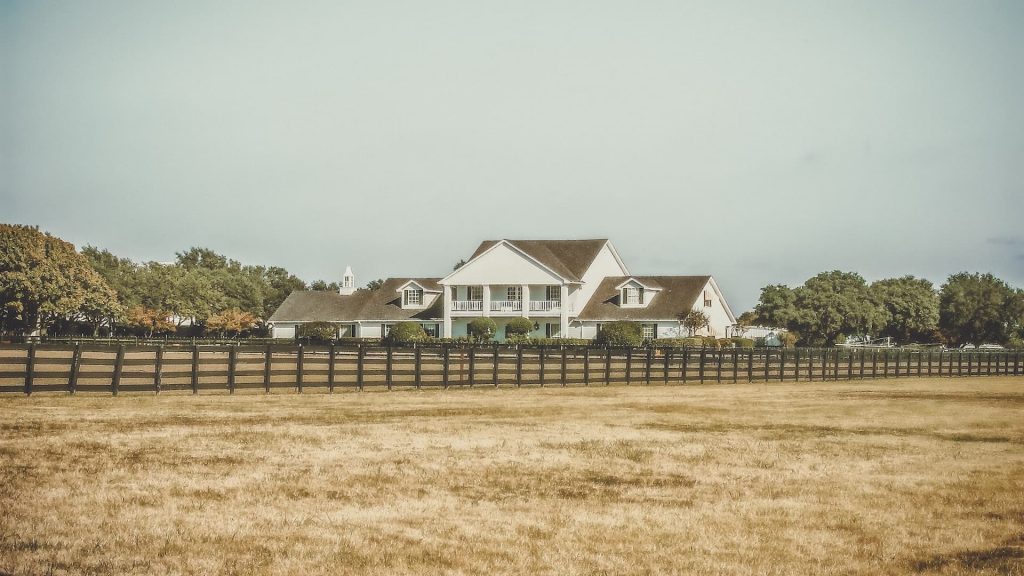
Beginning in the city’s center, you’ll find an abundance of Dallas condos for sale, many of which have been converted into living spaces from old warehouses or school buildings. Depending on the size, amenities, and location of these condos, they’ll cost you an average of $300K.
As you move to the outskirts of downtown Dallas, you’ll see more townhome communities pop up, as well as free-standing, single-family homes. Many of the townhomes for sale in Dallas are new construction, so these will usually list for an average of $474K.
When it comes to single-family homes for sale in Dallas, you have a wide array of style options. Ranch homes tend to be the most popular, especially throughout rural Dallas suburbs. Mid-century modern, Craftsman-style, and European-inspired mansions are common in Dallas real estate. The average cost of a single-family home in Dallas is around $438K, but with such a wide range of property types and sizes, you are sure to find something within your budget.
Austin
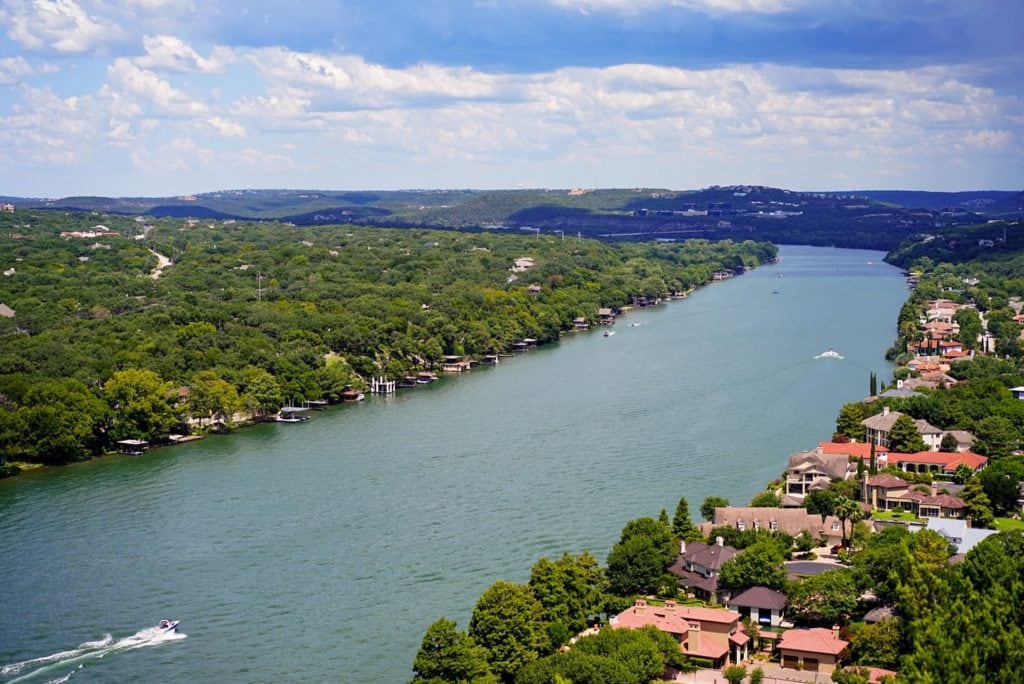
Austin has one of the hottest housing markets in the country, with home values consistently appreciating 29% year-over-year. Much like Dallas, Austin real estate is diverse in style, size, and price, so you’ll be able to find almost any property type here. Most Downtown Austin properties are high-rise and mid-rise condos. Austin condos for sale are notoriously within walking distance of some of Austin’s most unique attractions and will run you for an average of $402K.
East Austin features many townhomes, specifically in neighborhoods like Mueller. These Austin townhomes for sale are usually built near local attractions, shops, restaurants, and other services, so if you value convenience but don’t want to be right in the heart of downtown, Austin’s townhomes could be a good option. The townhouses in Austin typically list for a median price of $501K.
For Austin single-family houses, you’ll mostly find Craftsman-style, Queen Anne/Victorian, Mission Revival, and Ranch-style homes. The closer in to downtown your single-family home is, the less acreage you’ll typically have. The farther you go into Austin suburbs on the outskirts of town, the more chance you have of finding large yards attached to the houses. Homes for sale in Austin fall under a wide range of price points, but the median listing price is $535K.
Dallas vs. Austin: Cost of Living
Both Dallas and Austin have a cost of living index above the national average, but let’s look at the specific differences:
Dallas
Dallas’ cost of living index is 101, which is 6% and 1% higher than the Texas and United States’ cost of living indexes, respectively. When living in Dallas, you’ll generally pay less than average for groceries, healthcare, and housing (which is a pro when considering Austin’s housing index is 89% higher than the national average), while utilities and transportation will cost more. The median household income in Dallas is $64,994.
Austin
The cost of living in Austin is around 22% higher than Dallas’ and 27% higher than Texas’ average. The biggest contributor to the higher cost of living in Austin is housing costs, with an individual index score of 189 (compared to the US average score of 100). Aside from Austin housing, you’ll pay slightly above average for healthcare and utilities, but you’ll save on groceries and utilities. Austin’s median household income is nearly $10K higher than Dallas’, at $75,752 per household.
Dallas vs. Austin: Transportation
Overall, Dallas and Austin’s transportation options are similar, but here are a few ways that they differ:
Dallas
Dallas’ residents spend an average of 2.7% longer commuting than in Austin’s, and there are a few reasons for this. The first is that Dallas is slightly larger in population than Austin, so it’s reasonable to expect more traffic. The second is that 72% more people work from home in Austin than in Dallas, so the roads are more packed with rat racers in the DFW area than in Austin.
The public transportation system in Dallas is the DART (Dallas Area Rapid Transit). Serving Dallas and its 12 surrounding cities, DART provides buses, railways, and other transportation options for residents to travel. Both the buses and light rail routes have frequent departure times, so it’s convenient for getting from place to place if you don’t have or want to use your own vehicle.
Austin
Austin’s commute time is lower than Dallas’ and the United States’ average. While most Austinites prefer to travel by car, many people either work from home or use local public transportation, especially in downtown Austin. Austin’s public transit system is CapMetro, offering more than 1,600 bus stops and 82 routes. Many Austin residents have day passes for easy access to public transport, and the CapMetro app makes it super easy to buy and plan trips.
Dallas vs. Austin: Schools
Dallas and Austin have excellent schooling options, but one may be better than the other, depending on which level of education fits your needs. Here’s a look at the schools in Dallas vs. Austin:
Dallas
Four high schools in the Dallas area made the list of the top 10 high schools in Texas by the U.S. News and World Report, while one in Austin made the list. The School for the Talented and Gifted, Irma Lerma Rangel Young Women’s Leadership School, Science, and Engineering Magnet School, and Judge Barefoot Sanders Law Magnet School are all among the best schools in Dallas and Texas as a whole. In addition, GreatSchools.org has ranked dozens of schools in the Dallas area with 8/10 or higher.
In regard to higher education, there are 37 colleges and universities in Dallas of all specialties and sizes, including the University of Texas’ Dallas Campus and Southern Methodist University.
Austin
Austin also has a few notable schools, with the Liberal Arts and Science Academy ranking as the number 4 high school in the state. Compared to Dallas, Austin has 16.7% more residents who have graduated high school and spends 9.6% more per student per school year. Austin also has a lower student-teacher ratio than Dallas, which means there are fewer students in each classroom, likely due to Austin being smaller in population than Dallas.
While Dallas has more options for colleges and universities, Austin is home to the primary campus for the University of Texas. With that said, you’re more likely to be able to attend football games, events, and UT-centered activities in Austin than in Dallas.
Dallas vs. Austin: Sports
There are many options for sporting events in both Dallas and Austin, but Dallas has a bit more edge; here’s why:
Dallas
Fans of all sports will find Dallas to be a haven, with teams in each of the big 4 sports (NFL, NHL, NBA, MLB). The Star in Dallas is the training facility for the Dallas Cowboys and is connected to an abundance of restaurants and bars that cater to sports fans. On game days, you can catch the Cowboys at AT&T Stadium, or if you prefer basketball, head to American Airlines Center. The Texas Rangers play directly between Dallas and Fort Worth at Globe Life Field, and if you are a soccer lover, the FC Dallas MLS team plays at Toyota Stadium. Dallas even has its own hockey team in the NHL: the Dallas Stars. No matter what sport you love, you’ll find the games, community, and fun right here in Dallas.
Austin
While Dallas has a lot of major league sports, Austin’s sports culture primarily revolves around college sports, as the University of Texas is located in the area. UT’s college football team brings in tens of thousands of fans during football season, and living in Austin will put you right in the center of the action. Austin’s MLS team, Austin FC, plays at Q2 Stadium, and the team’s rivalry with FC Dallas always creates an exciting environment on game days. Austin is also home to affiliates of big Texas teams, like the Round Rock Express (affiliate of the Houston Astros) and the Austin Spurs (affiliate of the San Antonio Spurs).
Dallas vs. Austin: Nightlife
Dallas and Austin are both known for their abundance of nightlife experiences; here are a few ways the two cities compare and contrast:
Dallas
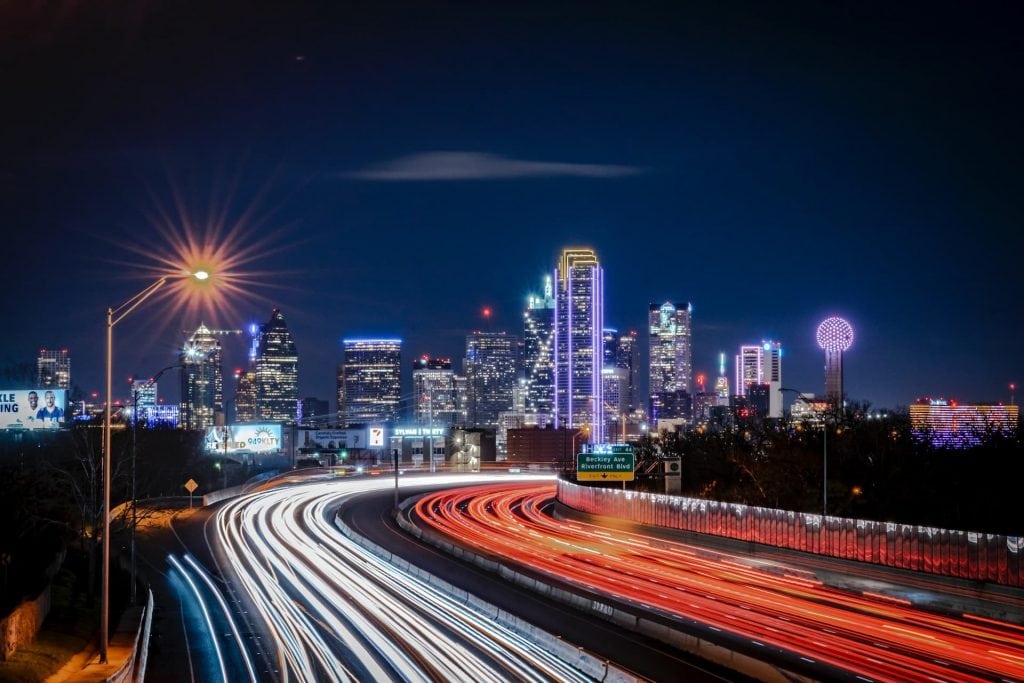
Dallas boasts several specific areas that are well-loved for nightlife opportunities. Deep Ellum is one of the coolest spots to find restaurants, bars, breweries, and music venues. Right next to Dallas, Arlington is home to Texas Live, a complex hosting an abundance of stages, restaurants, and bars. Texas Live is particularly rowdy during football season, but plenty of events are held in the off-season to keep things interesting.
Dallas’ arts district is your best choice for those quirky and whimsical nightlife options. With late-night coffee shops, charming eateries, and several places to buy sweet treats, the arts district is sure to be where creatives come out to play.
Head straight into the heart of Downtown Dallas and you’ll find Sugar Factory, The Gallery Rooftop Lounge, Citizen, and other glamorous nightlife spots to explore. Whether you want to stay out until 10pm or dawn, Dallas will have the perfect spot for you.
Austin
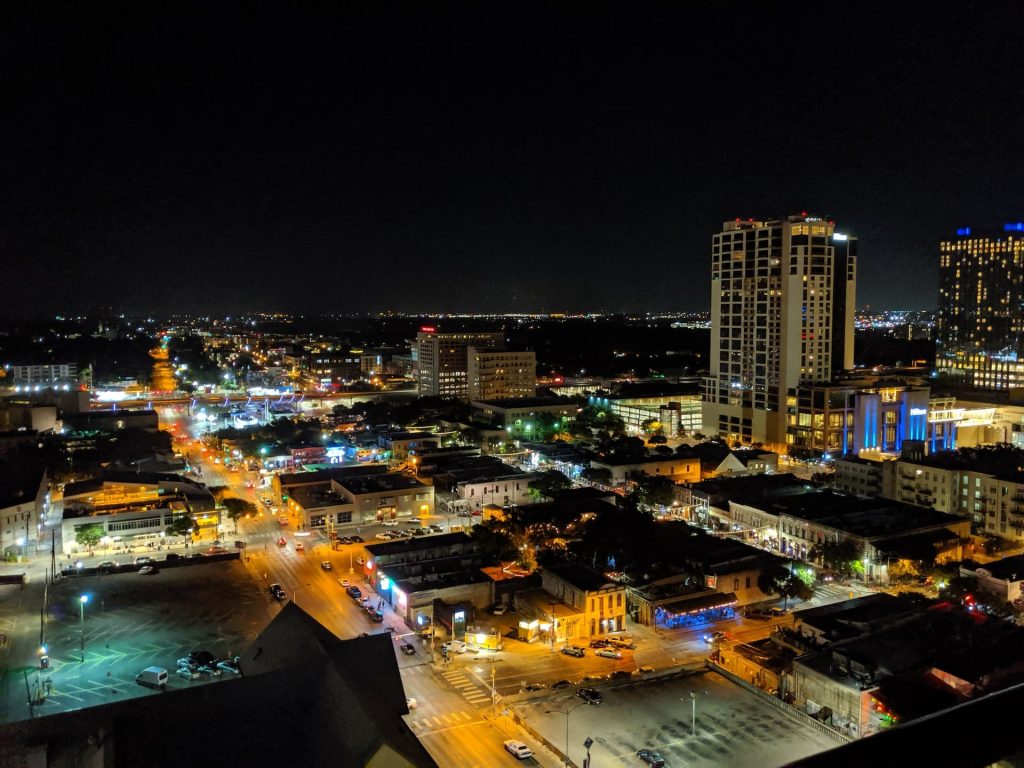
Austin’s downtown area hosts an abundance of ways to spend a fun evening out. Sixth Street is famously known by Austin locals for being lined with a ton of venues and dancing hangouts. Stubb’s is a famous spot in Downtown Austin that serves up delicious Texas barbecue and features local music acts every night. For a more laid-back atmosphere, check out the Elephant Room, an underground jazz club, or the Roosevelt Room, a 1920’s era bar and club.
In addition to classic bars, venues, and restaurants, Austin is known for some quirky nightlife that “Keeps Austin Weird.” One of these locations is Emo’s, a venue for the best up-and-coming alternative music acts with a beer garden attached. Rainey Street District features several bars in old houses, food trucks lining the streets, and charming hotels with rooftop bars.
Dallas vs. Austin: Outdoor Activities
Living in Texas presents long, sunny days for most of the year. Both Dallas and Austin have ample opportunities to spend time outdoors, so let’s compare them:
Dallas
Many outdoor activities in Dallas are within the city’s downtown areas, so there are abundant urban parks and fields to choose from. Klyde Warren Park is one example of urban amenities meeting the outdoors, as it’s located right next to the Dallas Museum of Art and often has food trucks lined along the edge of the park. If you have all day, the Dallas Zoo and Fort Worth Zoo are both within reasonable distance for Dallas locals and are known as some of the top zoos in the country. For an outdoor experience that feels more like an escape, the Great Trinity Forest is one of the most extensive hardwood urban forests in the U.S., and provides hiking trails for you to explore to your heart’s content.
Austin
While Dallas also has plenty of outdoor recreation, Austin’s environment tends to feel less urban than Dallas, allowing residents to truly escape to the great outdoors. Lake Travis is popular throughout the year for fishing, swimming, kayaking, and other water sports. With trails, picnic tables, and playgrounds, Lake Travis is a great spot to take family and friends for a day out. In addition, Austin provides a plethora of bike trails, encouraging locals to get active and reduce their carbon footprint. In and around Austin, residents have access to several parks, some of which offer sports fields, swimming pools, and other fun activities.
Dallas vs. Austin: Where Should You Live?
The question remains: Which is better? Dallas vs. Austin. The answer relies on what you are looking for in your new home. Either way, we hope this article gave you a better idea on which of these Texas hub cities is best for you. If you want more specifics on an area or are ready to start searching for homes in Dallas or Austin, get in touch with a local real estate agent to get the process started!
